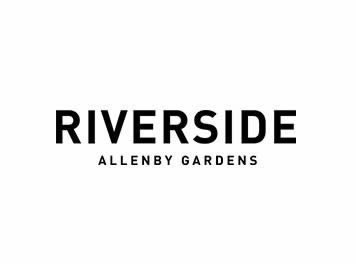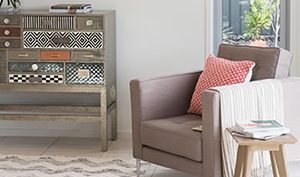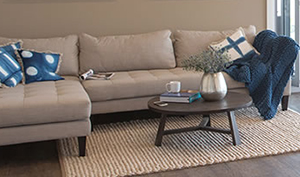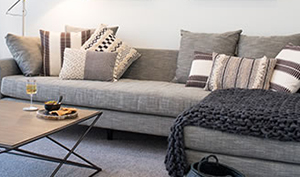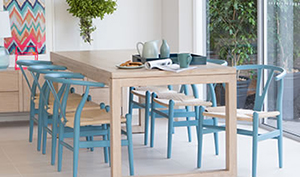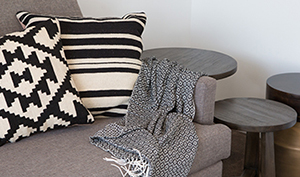It's easy being green

Saving money and being kind to the planet at the same time? It's simple with Hickinbotham's range of extras and our energy saving tips.
Optimal Home Orientation
The way your home faces can significantly impact your energy use. A living room filled with warm sunshine in winter usually has a northern orientation. In summer, that same room might be cooler because the sun is higher in the sky and its direct light and heat can’t move past the eaves and through the window. So, a northern orientation will lower energy bills by providing natural heating and cooling.
Water Conservation
The average South Australian home uses 600 litres of water every day – that’s a lot in a country that regularly battles through droughts. But modern water-saving devices can slash that figure substantially.
Some things to consider – each year a SmartFlush toilet can save up to 35,000 litres of water; a water-efficient shower head can save a further 17,885 litres plus 437kg of carbon dioxide; and simple tap aerators can cut water use by up to 40%.
When people talk about water efficiency, WELS will probably come up. WELS is the Water Efficiency Labelling and Standards scheme that gives a zero- to six-star rating to household plumbing components. All Hickinbotham homes include water-efficient shower heads and WELS-rated tapware as standard features. We also offer four-star, dual-flush toilet systems.
Hickinbotham has always been an innovator in making better use of rainwater. So, all our homes come with the option of having a rainwater tank plumbed in for use in the toilet.

The Preston Alfresco
Well Designed Ventilation
There’s something wonderful about gentle breezes circulating through your home on a hot day. You can achieve the best ventilation by aligning your windows and doors. Adding roof ventilators also helps cooling by removing the hot air that collects above your ceiling. Once installed, roof ventilators cost nothing to operate because they run on airflow.
Solar Energy
Solar is one of the most rapidly advancing energy technologies. By installing solar panels, you can reduce your energy bills and your carbon footprint.
Solar panels are secured to your roof, or you can use a free-standing unit. Either way, an inverter will also be installed to convert the DC electricity from the panels into home-friendly 240V AC power. How much solar energy you want is up to you. A 6.5kW system can halve the cost of electricity for an average-sized household.
One of the easiest ways to reduce power bills and carbon emissions is with solar hot water. Solar collectors install easily on the roof and heated water is stored in a tank. This can save a household up to 80% on hot-water costs. And if you want to insure against cloudy days, a gas-boosted solar hot water system will do the trick, delivering 90%-emissions-free hot water.
Quality Insulation
A well-insulated home can cut bills for heating and cooling by up to 50%. And when your energy bills are lower, your carbon footprint is smaller. Hickinbotham offers high-grade insulation like glass wool insulation, which has great thermal and sound-reducing properties, and is fire resistant.
Greener Lighting
Lighting represents a huge 12% of all greenhouse gas emissions produced by Australian homes. The good news is, you can easily cut your home’s lighting-related emissions by up to 50% or more. The starting point is using new-generation lighting technologies.
Compact Fluorescent Lights (CFLs) fit almost all lamps and downlights, use up to 30% less power than filament bulbs and last longer. They’re also four times more efficient than halogens. LED lights are the latest trend, and they’re even more efficient than CFLs and last even longer. Both CFLs and LEDs will shrink your lighting bills significantly. Be aware that each lighting option has its own characteristics (for example, not all are dimmable), so it’s important to talk to a lighting expert about what’s best for your needs.

The Madrid at Lightsview
Window Glazing
Up to 40% of a home’s heating and cooling is lost through windows. So, windows are now rated for their efficiency through the Window Energy Rating Scheme (WERS), which gives a rating out of five.
You may want to consider double-glazing – where each window actually has two panes of glass with a small air space between. Double glazing has excellent insulation properties, reducing energy bills by up to 60%, and keeping out noise. Other options include laminated glass and tinting, which can reduce heat transference, UV rays and glare.
Energy-Efficient Appliances
Most appliances these days are energy rated, and different brands of the same appliance can have very different ratings.
The bottom line is: the bigger the star rating, the smaller your energy bills will be and the less carbon emissions your home will generate.
Smarter Cooling/Heating
Chances are, a large percentage of your energy costs will come from heating and cooling. But the great thing about building your own home is that you can incorporate climate control that will reduce your bills.
Ducted reverse cycle air conditioning: Most heaters create their own heat with an element or flame. Reverse cycle air conditioning takes heat from the air around it (yes, even in winter) and circulates that. That means it can heat for a third of the cost of a bar heater trying to do the same work. When it comes to cooling, the system removes the heat from the room then circulates the refrigerated air back. By ducting a reverse cycle air conditioner, the unit’s air can go across your whole home or into designated zones.
Ceiling fans: These low-key wonders punch well above their weight! For the price of running a light globe, they can reduce air-conditioning bills by up to 40%. In winter you can run them in reverse to bring warm air down from the ceiling. You can circulate even more air by using super-efficient fans.
Effective Shading
On a hot day, heat can move into a house through east and west-facing walls and windows. Many Hickinbotham designs use verandahs and eaves to help keep the heat outside. But you should think about using awnings and roller shutters as well. Take a look at the garden – a beautiful deciduous climber on a well-placed pergola can keep out summer heat and bring in winter warmth too.

